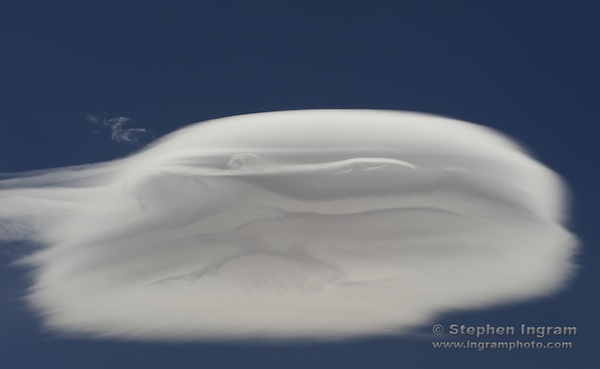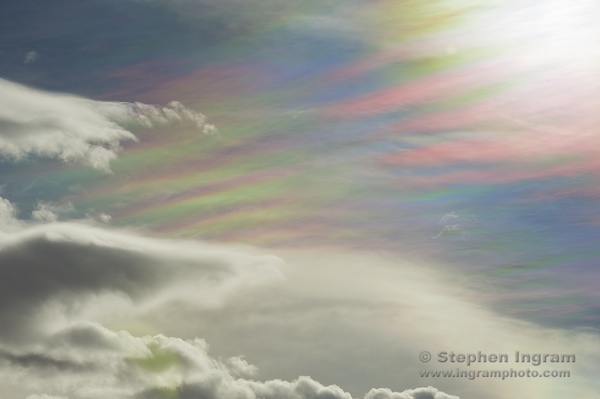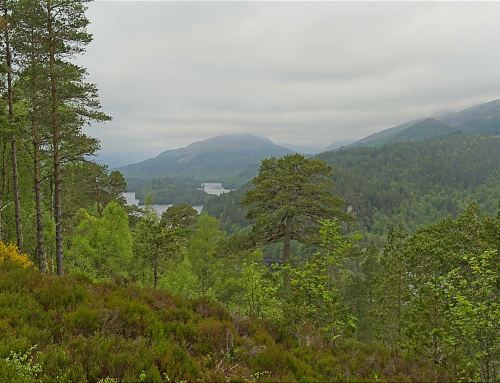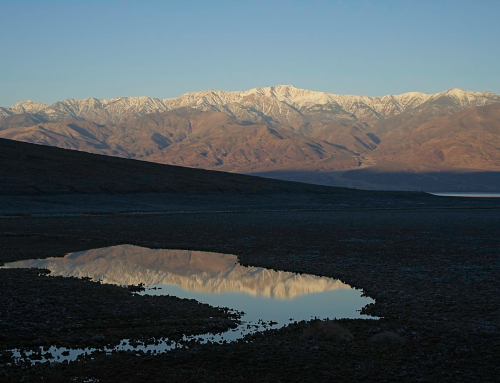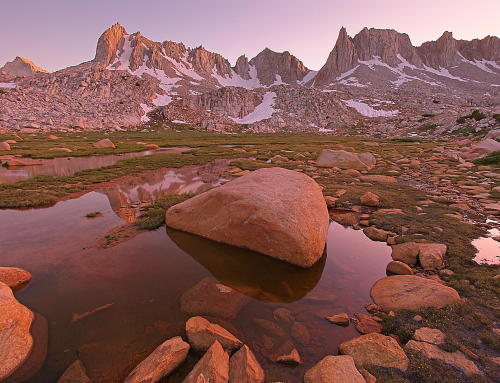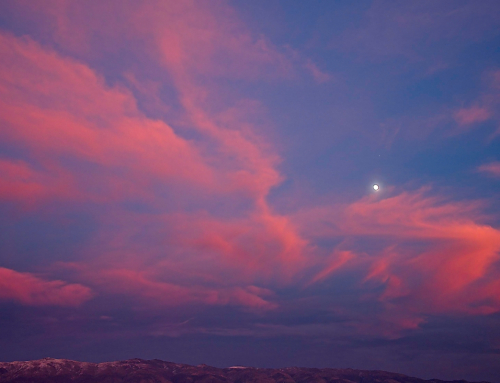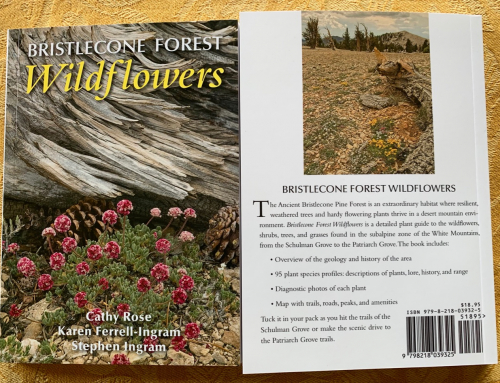Clouds are – both literally and figuratively – one of nature’s highest forms of abstract art. Alfred Stieglitz, who had a passion for photography as Art, was the first photographer to photograph clouds “solely for their artistic merits.” He called his series of cloud photographs Equivalents, and his cloud images are widely recognized as the first intentional abstract photographs. Stieglitz’s Equivalents were also a source of inspiration to Ansel Adams, who claimed his first “intense experience in photography” was when he saw some of Stieglitz’s cloud images.
Spring is generally a great time for cloudspotting in the Eastern Sierra, and this year is no exception, so I thought I’d post a few of my favorites. I enjoy watching and photographing clouds because of their perpetually changing light and form. Even if a Sierra Wave cloud stays in one place all day, it changes form, and it changes with the light and in contrast to other clouds that float by during the day.
Color is also an important aspect of clouds. From bright white to dark gray, and every color of the rainbow, clouds reflect the sunlight. And as Stieglitz observed, they can reflect your mood as well.
As I wrote in an earlier posting about time-lapse photography, cloud forms lend themselves perfectly to time-lapse videos where hours can be compressed into seconds. This has been especially true this winter and spring with several storm systems forming stationary wave clouds above Coyote Ridge and Round Valley. Like a standing wave that forms downstream of a large river boulder, wave clouds form as cooling air is forced up to where it condenses at the front edge and then dissipates on the lee side as it sinks down the wave’s backside. Click on the link below to see a recent time-lapse video of clouds forming and dissipating eastward, and notice the towering lenticular cloud up above. For scale, the highest peaks in the frame are close to 14,000 feet high.
Clouds Moving and Building above Coyote Ridge, Eastern Sierra, CA


